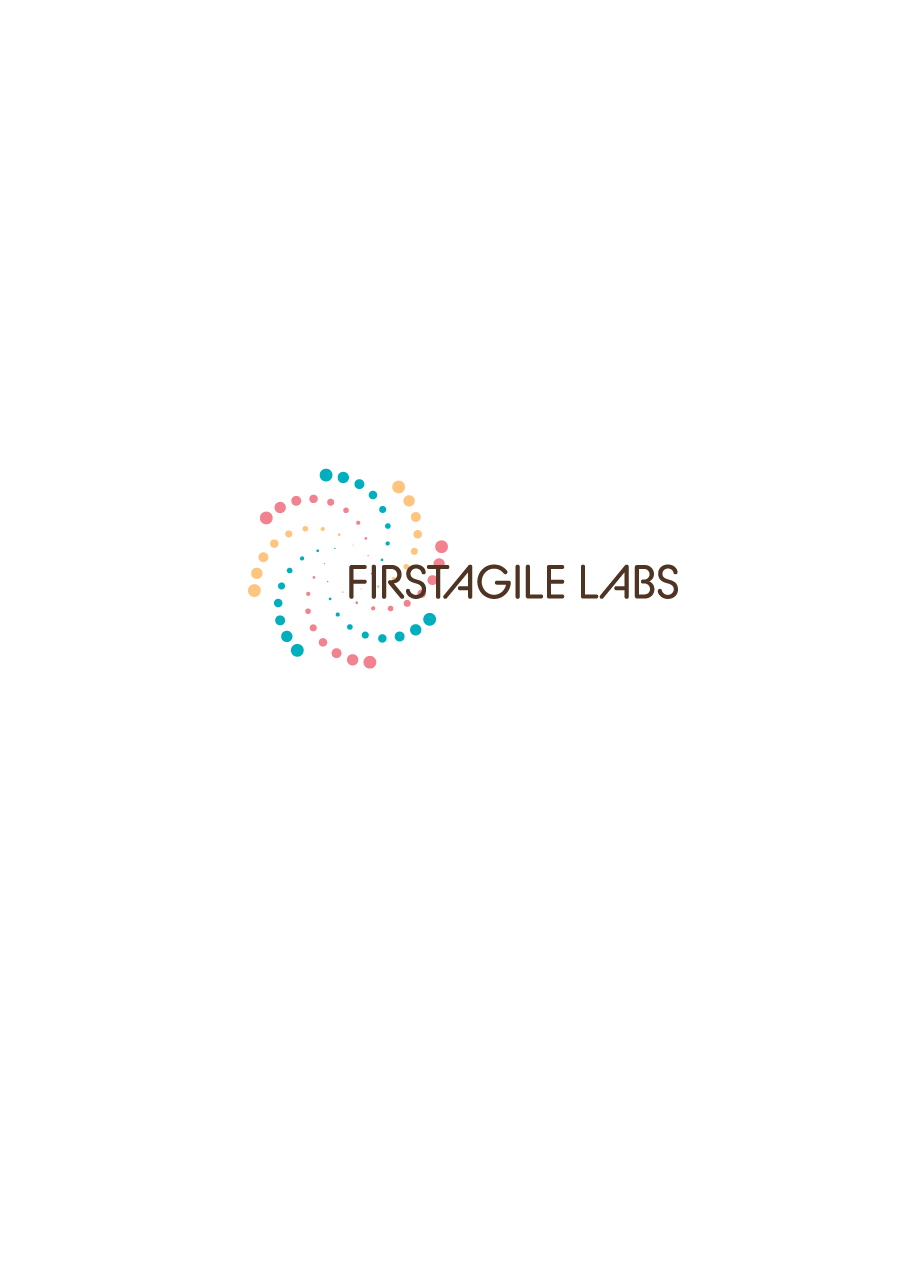Regression Testing: Maintaining Software Integrity After Changes
FirstAgile ensures consistent regression testing, which involves re-running test cases previously executed to verify that features that were once functional continue to work as expected after changes are implemented. Regression Testing is a software testing process designed to prevent recent changes, bug fixes, or new features from negatively impacting the original functionality of an application.

The Purpose of Regression Testing
- Detection of Unforeseen Side Effects: Regression testing identifies any unforeseen effects resulting from recent modifications, guaranteeing the stability of the application.
- Validation of New Changes: It validates that new features added or problems fixed do not affect the functionality of other components.
- Consistency Assurance: This testing ensures that the software operates in a consistent manner across various versions and updates.
Advantages of Regression Testing
Increased Stability: By ensuring new changes don’t introduce bugs, regression testing makes the software stable and trustworthy.
Faster Release Cycles: By detecting problems early in the process, regression testing allows for quicker release cycles with fewer defects after launch.
Better Quality Assurance: Regression testing makes sure that new as well as existing features function correctly, thus adding to the quality and trustworthiness of the software.

